**These posts often contain affiliate links. Please see our disclosure policy for details.**
Pollinator Partnership is proud to announce that June 17-23, 2019 has been designated as National Pollinator Week!
National Pollinator Week is a time to celebrate pollinators, learn about the care and feeding of bees, and spread the word about what you can do to protect them.
The Care and Feeding of Bees
Bees are a huge part of outdoor life in Minnesota and our abundant bee species should be celebrated, respected, supported and not feared.
Love them, or hate them, bees are firmly woven into the fabric our Up North.
But our pollinators are under siege these days and the world’s bee population is in crisis.
Pesticides are creating something called Colony Collapse which kills entire beehives. It is becoming so extreme that China is now hand pollinating its fruit trees.
The bottom line: without bees, we will not have food. By purchasing local organic vegetables, fruit, and honey we are helping to sustain their world.
What Exactly is a Pollinator?
A pollinator is an animal that moves pollen from the male anther of a flower to the female stigma of a flower. This helps to bring about fertilization of the ovules in the flower by the male gametes from the pollen grains.
Pollinators are often keystone species, meaning that they are critical to an ecosystem. The work of pollinators ensures full harvests of crops and contributes to healthy plants everywhere.
- An estimated 1/3 of all foods and beverages is delivered by pollinators.
- In the U.S., pollination produces nearly $20 billion worth of products
When we think of pollinators, the most common one that comes to mind are bees even those this valuable ecosystem also includes birds, butterflies, bats, and beetles.
Bees come in many shapes, sizes, and species, but the most common bee in Minnesota is the Common Eastern Bumble Bee.
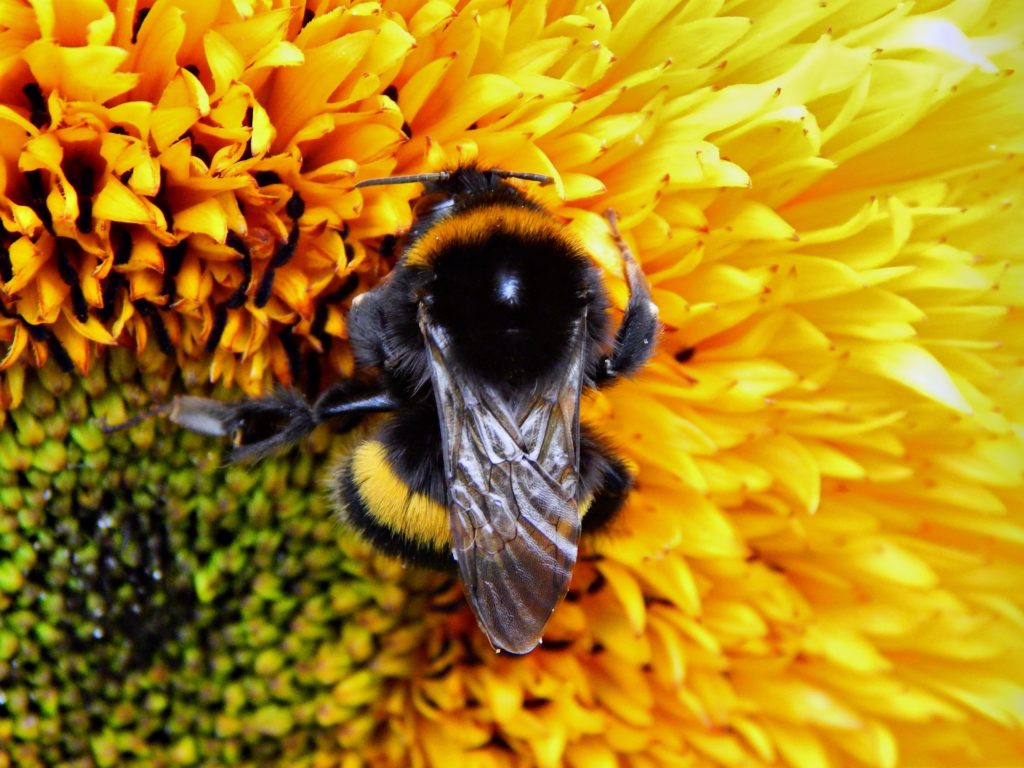
Common Eastern Bumble Bee
They are fuzzy in appearance and orange-yellow or brown and black banded in coloration.
They tend to build nests in “high-up” places like on the eaves or roof peak of a house or even a hollow space in a tree.
Bumble Bees are often confused with their flying counterpart; the wasp.
Or as my dad used to say; “arseholes with wings.”
Wasps are shiny-looking with no noticeable hairs and tend to eat other insects like soft-bodied caterpillars or spiders. So, as much as people loathe them, they still serve a valuable purpose in the ecosystem.
Wasps live in ground hives and are more likely to crash your picnic by dive-bombing any sugary drinks.
Bumblebees can sting, but die immediately after doing so but wasps can sting multiple times without losing their life.
DIY Sting Removal Tips:
As the weather warms and Up North Parents become more active in the yard and outdoors, bee stings can become a common outdoor nuisance.
Generally, insects such as bees and wasps aren’t aggressive and only sting in self-defense, but when stings do occur home treatment is all that’s needed to ease the pain.
The basic steps in treating a bee sting include removal of the stinger, washing the area with soap and water, using a cold compress to bring down the swelling and even the application of a topical cream containing hydrocortisone, pramoxine or lidocaine to help control pain.
Over-the-counter pain relievers, such as acetaminophen (Tylenol, others) or ibuprofen (Advil, Motrin IB, others), or an antihistamine (Benadryl, Chlor-Trimeton, and others) can also be used.
Bee stings need to be removed as quickly as possible, but studies have shown that using fingers or tweezers only squeezes more venom from the stinger into the victim.
Here are two easy DIY methods to get a stinger out quickly and safely:
*Use baking soda paste: Mix baking soda with water until it makes a thick paste and then apply that concoction to the area of the sting. The paste will harden after about five minutes and when it is washed off, it will take the offending stinger with it.
*Use the credit card method: Take a credit card or driver’s license and scrape the surface of the skin with the edge of the card. The stinger will catch onto the edge and gently be lifted out of the skin.
Protecting Pollinator Activities for Kids
My (Becky) friend, Mia, has a great DIY Bee House STEM Project for Kids on her site, Pragmaticmom.com.
Make a Bee Watering Garden
Did You Know…
- To get one pound of honey, that 16 oz requires 1,152 bees traveling 112,000 miles, visiting 4.5 Million flowers?
With all of this traveling and the heat of summer, bees can get really thirsty.
For a bee to drink water, they need a surface to land on.
To ensure that the bees are not only well fed but well watered too, let’s create a watering hole for them.
JumpIntoaBook.com has a fun and super-easy activity that not only will look great in your garden, but it will also make for some happy and well-watered bees.
Get the full instructions here.
Join the Bee Squad!
Looking to celebrate and support nature’s bees?
The University of Minnesota’s Bee Squad is committed to bringing back a bee-friendly world by educating, training, and assisting people engaged in helping bees thrive.
By promoting awareness about the critical contribution of pollinators to nutritious foods and a green environment, the Bee Squad helps people make choices that are good for the bees and ultimately good for us all.
Learn about the tools and resources the Bee Squad has to offer here:
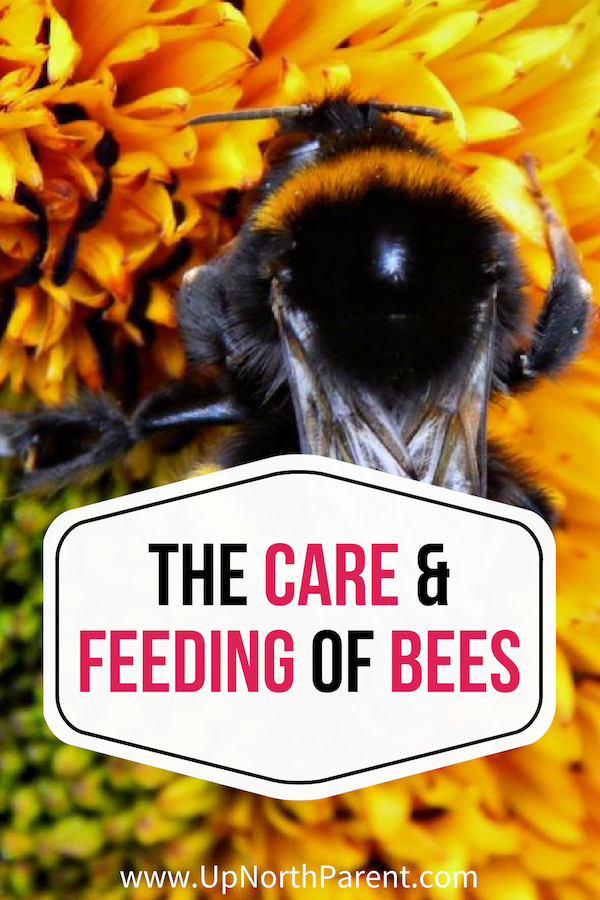

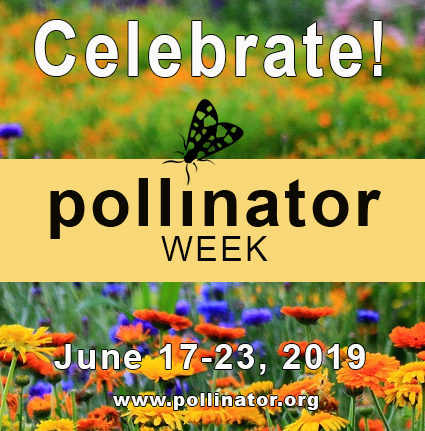
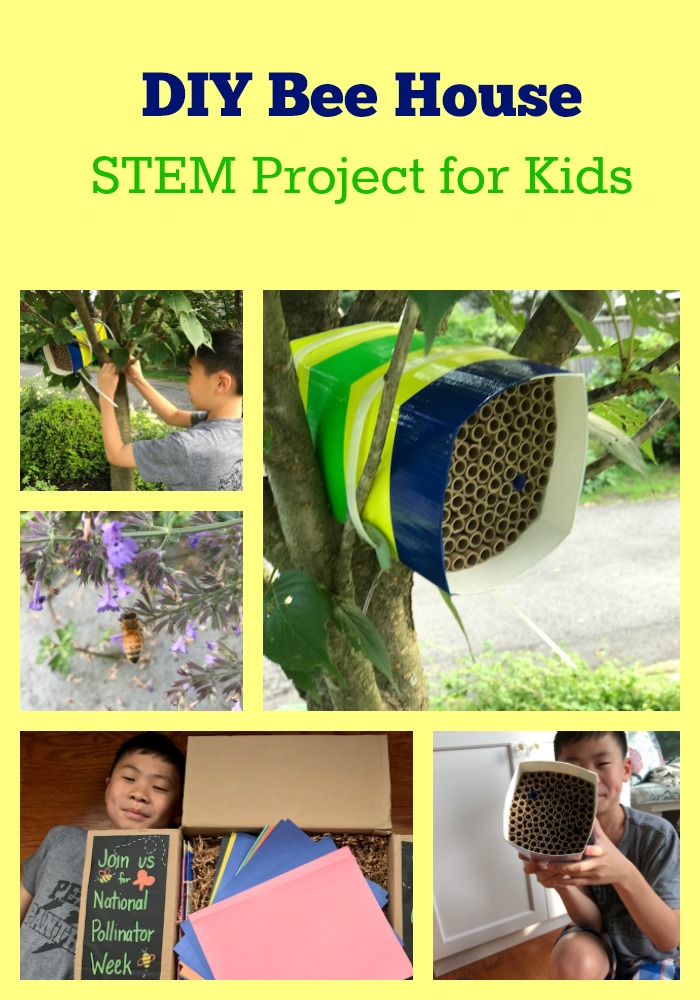

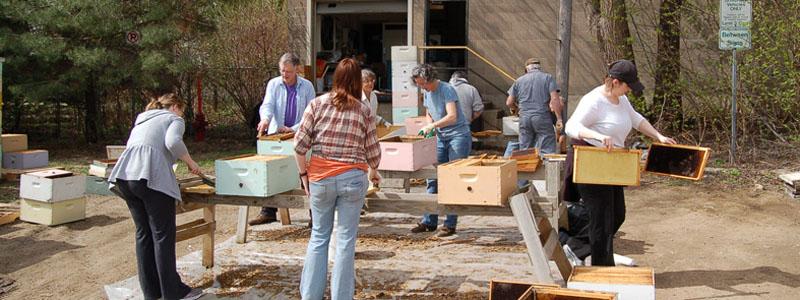



Leave a Reply